Ever heard of straggler bees? If so you may have had a swarm removed alive off of your property. For those not in the know, let me enlighten you.
The Cambridge dictionary online defines a Straggler as “a person or animal that is last in a group to do something or the last to get to or leave a place”. In the world of Bee Removal, a straggler is a bee that remains on site after a swarm has been removed.
It happens all the time. Whenever we go out and perform a live bee removal, we usually remove the bees with a special bee vacuum or a temporary hive box. The problem is, it’s not possible to capture every single bee in the colony.
You see, during a live removal, there may be some bees flying around in the air. There may also be some worker bees who are out pollinating and visiting flowers. In short, the bees that are not present while the colony is removed, automatically become straggler bees.
So what do straggler bees do? Stragglers will usually return to the area where the colony was removed. Often they stay a while and search for the queen. They may fly around in the air for a bit and later settle down into a little ball where the colony once stood.
What happens to the straggler bees once they realize the queen is no longer present? If it was a swarm or a young hive that was removed, the straggler bees will most likely go back to the hive they originally came from.
Will straggler bees always go away after a while? Not always…which is why we here at Bee Best Bee Removal offer a 30 day warranty. If they remain for more than a few days, we will come back out at no additional charge and remove the stragglers.
Most of the time, straggler bees will go away on their own. To reduce the number of straggler bees, it’s best to remove the swarm or hive early in the morning or later toward the evening.
Take a look at the clip below. In the clip you will see a live swarm we captured in a temporary hive box. We slowed down the footage so you can get a look at what straggles look like after a live swarm removal.

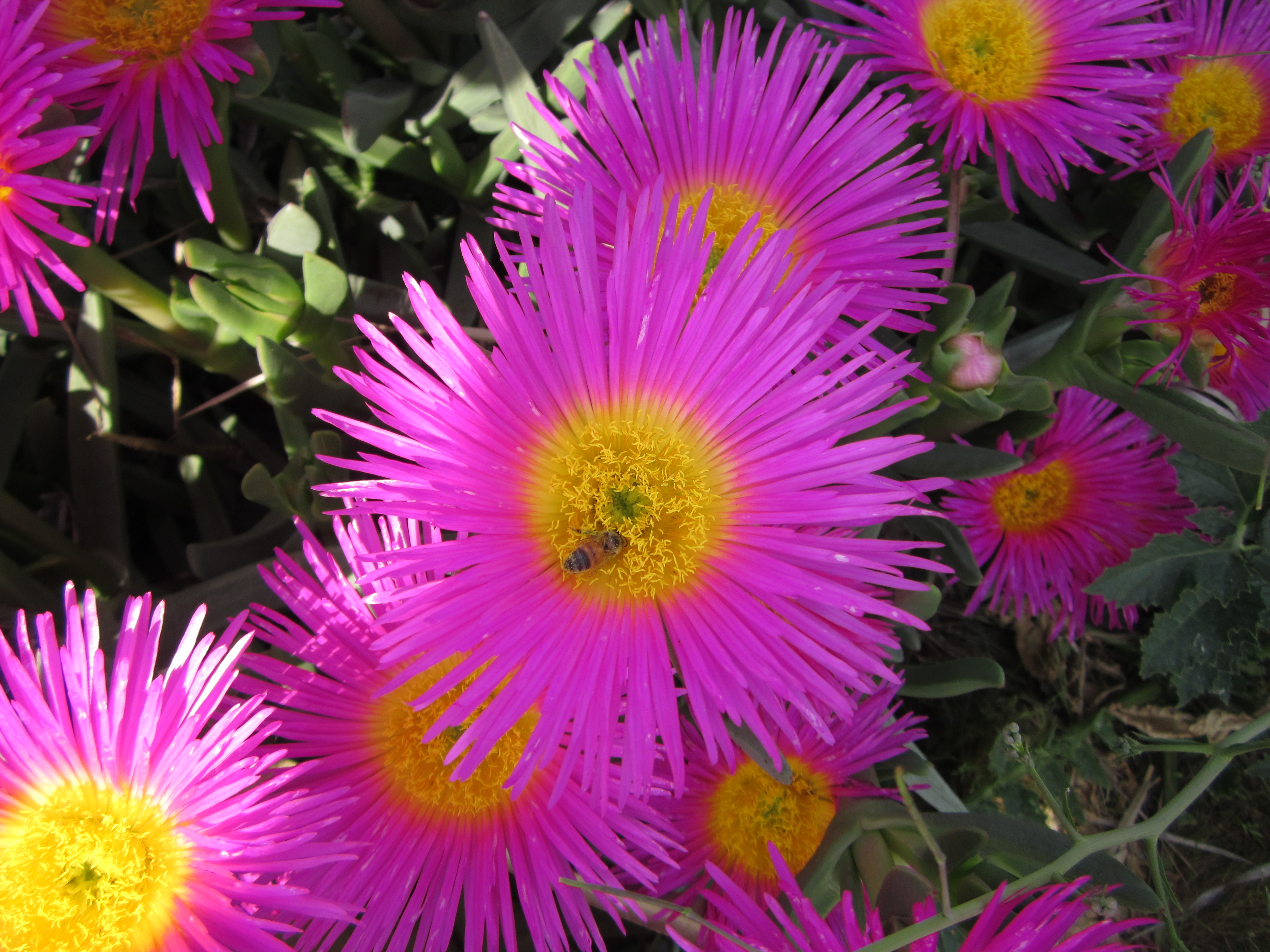

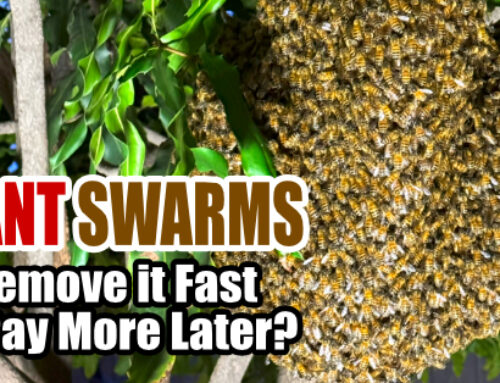
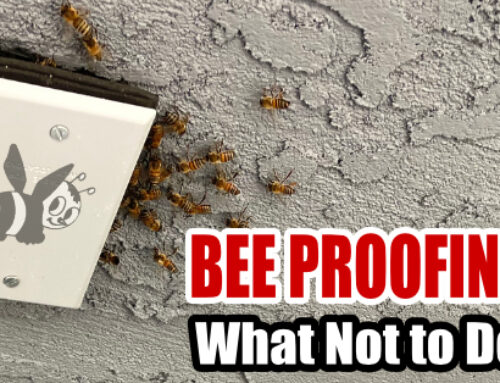
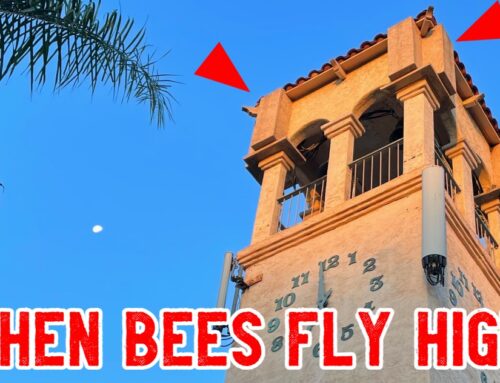
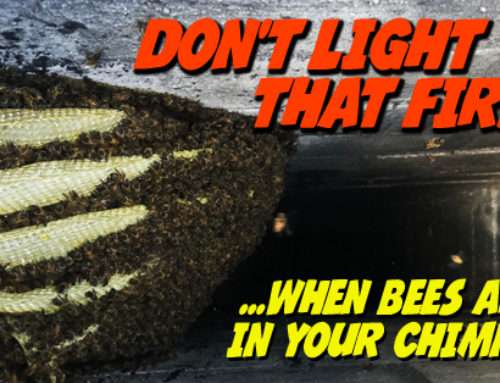

What do you do with the hive? Bees are dying, so I hope you bring them to a bee keeper!
Hi Jan. We actually covered this in our FAQ section. Luckily here in San Diego County, the wild native bee population is thriving…in part due to the efforts of local beekeepers.